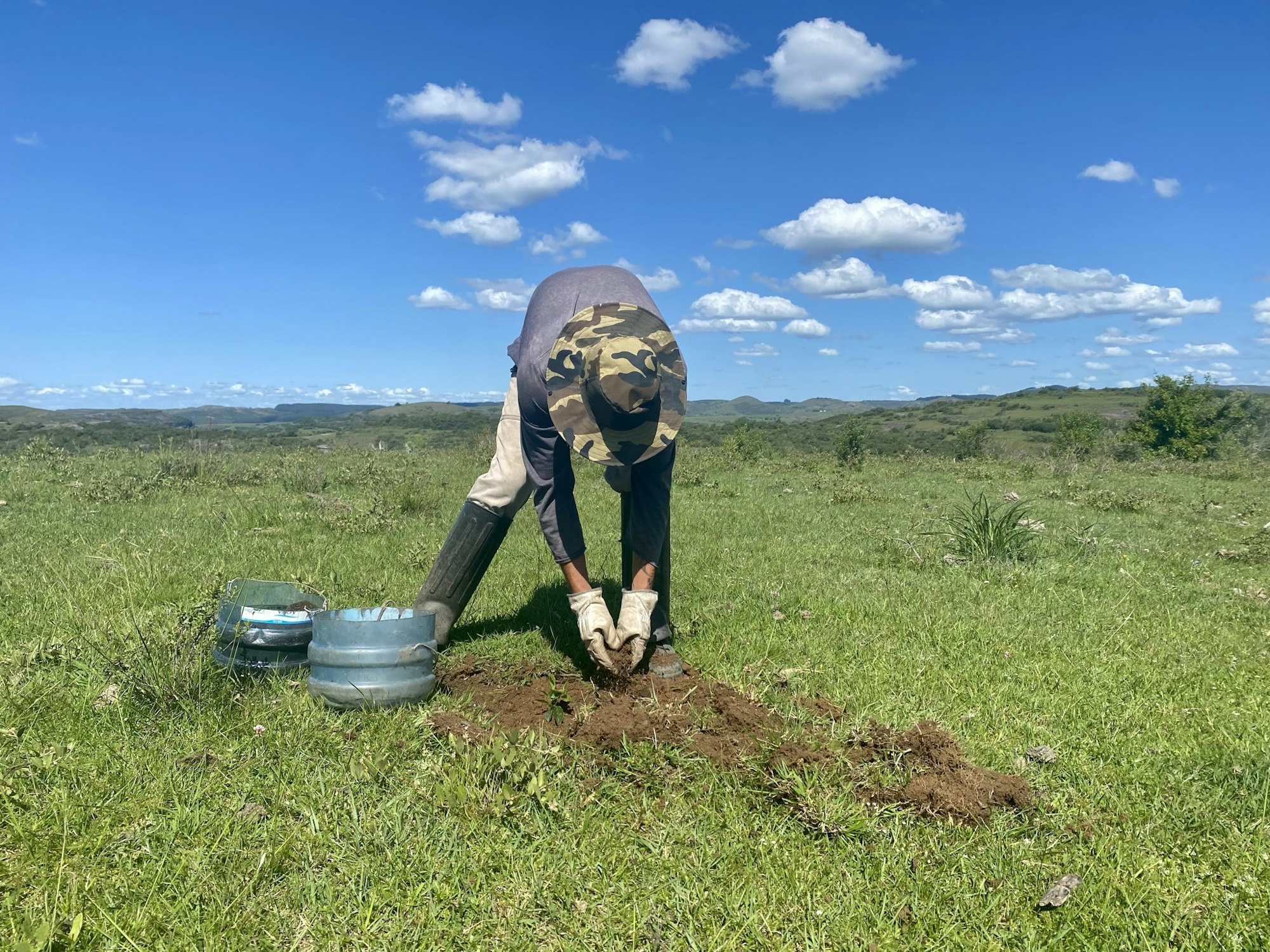Serra do Sudeste
Restore 10,000 hectares of degraded forest in Brazil
Climate impact
Removal
Solution
Reforestation
Location
Brazil
Evaluation
VERRA/VCS

ABOUT
Learn more about the
project
Sequester carbon and provide a habitat for endangered species by helping restore over 10,000 hectares of degraded Amazonian forest in southern Brazil.
The Serra do Sudeste Grouped Project aims to restore forest in the transition zone between the Atlantic Forest and the Pampa biome in Rio. This environment has been degraded by the overgrazing from extensive cattle ranches and other unsustainable land use practices like intensive agriculture and silviculture systems. By restoring this forest through Assisted Natural Regeneration and enrichment planting of native species, this project turns this land into a productive carbon sink and a home for local biodiversity, including many endangered species. The project area also stimulates the local economy through sustainable apiculture, crop production and non-timber products.
On top of the environmental impacts, this project has strong benefits for the local community, involving them in project operations to provide employment, work with local suppliers, and give landowners and workers new and more sustainable income streams. All these impacts have been certified by the Climate, Community & Biodiversity Standards.
The Green Branch
Brazil • https://thegreenbranch.nl/
ASSESSMENT
Everything about this project at a glance.
Climate impact
Removal
How to read this
Our atmosphere is like a bathtub, which we have been filling for decades with greenhouse gasses. Each ton of CO2e in the tub increases the global temperature and affects the climate.
In order to prevent our bathtub from spilling - which would mean reaching a +2°C temperature increase - 3 types of actions exist:
●
Reduction: These projects reduce emissions, closing the tap and slowing down the filling of the tub (e.g. switching to more efficient fuels)
●
Avoidance: These projects preventing future emissions, stopping a new tap from being opened (e.g. protecting forests and peatlands so that they don’t start releasing CO2)
●
Removal: These projects remove and capture greenhouse gasses, emptying the bathtub (e.g. reforestation and direct air capture technology)
Solution
Reforestation
How to read this
Solutions are different ways we can reduce, avoid and remove our emissions. They vary in terms of cost, level of maturity, potential to scale, and other factors. To make comparisons easier, Sweep groups solutions into categories such as Forests, Geoengineering or Buildings. Climate solutions are numerous: to learn more about what can be done, explore our catalog.
Location
Brazil
How to read this
Solutions can be deployed in a large range of locations, from a micro-regions to entire sections of a continent. You might want to focus your contributions on specific areas to maximize local socioeconomic impacts or contribute where your activities are based.
Evaluation
Certified • VERRA/VCS
How to read this
Various international and regional standards rely on established methodologies, dedicated processes and third-party verifications to guarantee that a project delivers on its promises.
●
Certified: Standards, such as Gold Standard or Verra, are listed for maximal transparency
●
Not certified yet: The process to be certified is expensive and cumbersome, and ad-hoc methodologies might not exist for specific projects, preventing them from being certified. Sweep promotes other projects after a necessary due diligence, bringing more projects to a wider audience while also offering opportunities to develop and tailor new projects according to your own needs.
Capacity
15kt
How to read this
Capacity is the projected volume of tCO2e reduced or removed during the crediting period. This indicates the projected net impact of a project after adjusting for potential negative impacts and other externalities. This is key to assessing the current scale of a project and can give a quick estimate of what the considered volumes represent at the project scale.
Capacity does not reflect the available quantity of credits as some of them can already be sold.
Crediting Period
2021 - 2056
How to read this
Certified projects are eligible to generate carbon credits over a certain period of time. This crediting period gives a good estimate of the progress of a project.
●
Older crediting periods means that projects have delivered their promises and that third-party auditors have recognized the climate impact
●
Crediting periods covering coming years may have already been audited for a fraction of the volumes. The rest will be generated along future audits.
Co-benefits
5 SDGs
5 SDGs
SDG 4: Quality Education
50 local workers were trained
SDG 8: Decent Work and Economic Growth
50 local workers employed
SDG 13: Climate Action
15.000 tCO2 sequestered per year
SDG 15: Life On Land
1143 ha of degraded land restored
SDG 17: Partnerships for the Goals
3 partnerships with local suppliers were established
How to read this
Projects often have positive side effects beyond reducing, removing, or avoiding emissions. For example, projects might reduce waste, protect biodiversity, or support indigenous people. These co-benefits are modelled after the UN Sustainable Development Goals (UN SDGs).
Durability
Medium
How to read this
Durability only applies to to removal solutions. It indicates for how long the carbon will be removed from the atmosphere - the longer this is the more desirable. For example, storing carbon as mineral underground is more durable than in a tree, making it a less risky and longer term solution.
Financial additionality
High
How to read this
Additionality reveals the impact of your financial support. It indicates what percentage of the global project budget is coming from contributions.
●
High additionality means most of the project revenue relies on contributions, and they would likely not be able to happen without this financing.
●
Low additionality projects are less reliant on contributions.
●
Other additionality criteria, such as policy or regulatory additionality, are tackled through certifications and not assessed here
Barriers
Medium
The total project barrier score is available when all types of barrier are provided. It is a composite score based on the 5 barriers assessed.
Technical
Financial
Social
Political
Economical
The lack (of quality) of seeds/seedlings in supply chain has been addressed with a network of growers that follow a 1-year seed collection and seedling grow plan for the amounts of seeds and seedlings we need. The risk of droughts is monitored by our local operational manager to adapt the planning of project implementation. Rain is timed with the days for the workforce to make sure the plants receive enough water. We plant in the wet season, so the roots develop well. In case there is a drought, we have an irrigation plan in place to be able to water the plants that are most at risk, mitigating the risk of droughts. Irrigation and water supply is not affected by droughts as we have water sinks over the project. To mitigate this risk, we systematically monitor plant health and implement response measures such as application of mulch or removal of weeds. Simulating the potential change in mean annual 2-m air temperature, the models predict a significant impact of global warming on all countries of South America. In the region natural fire doesn’t occur. However, man-made fires are common to clear pasture. In order to mitigate the risks arising from the use of fire for clearing land in the project region, a comprehensive fire management and mitigation plan is implemented in each project site with the establishment of fire fighting equipment and the creation of strategic firebreaks around vulnerable areas. The readiness of the plan will also be monitored on a monthly basis.
How to read this
Barriers are the different hurdles a project might need to overcome. Barriers can give you a sense for the challenges a project faces, but also how it can add deeper value and create change. We differentiate five types of barriers: economic, social, institutional, technical and financial.
Create your portfolio to get started
Our carbon team will help you tailor your portfolio based on your preferences.
Track, report and act
Sweep helps you get your carbon on-track
Sign up to The Cleanup, our monthly climate newsletter

© Sweep 2023